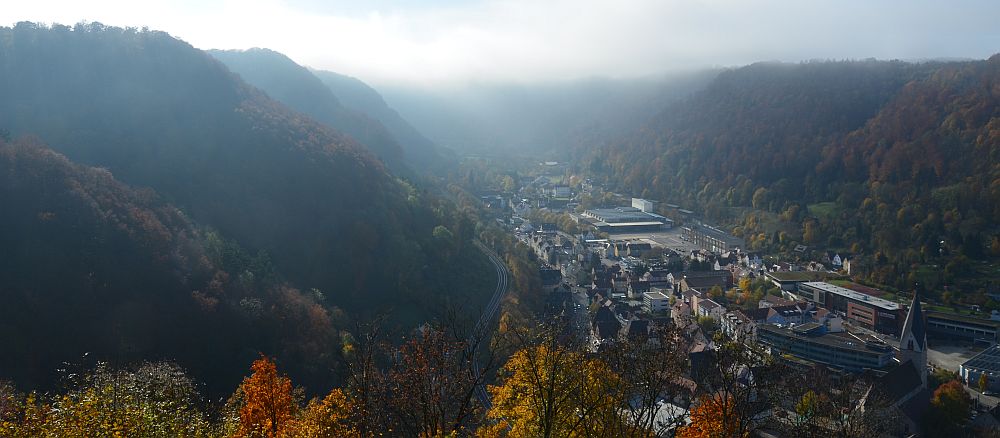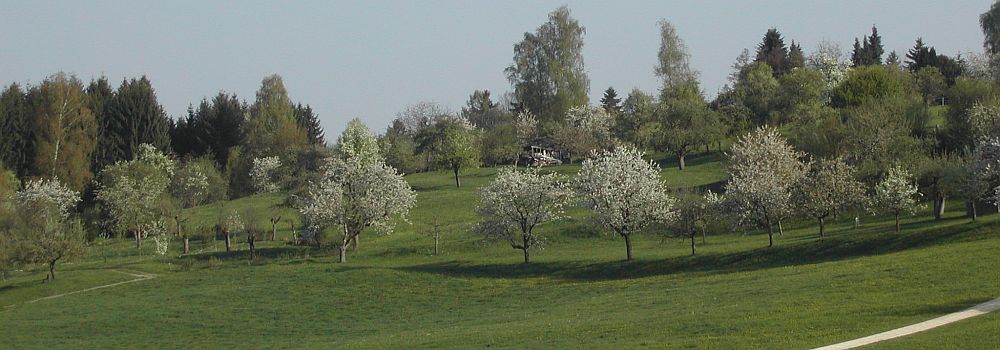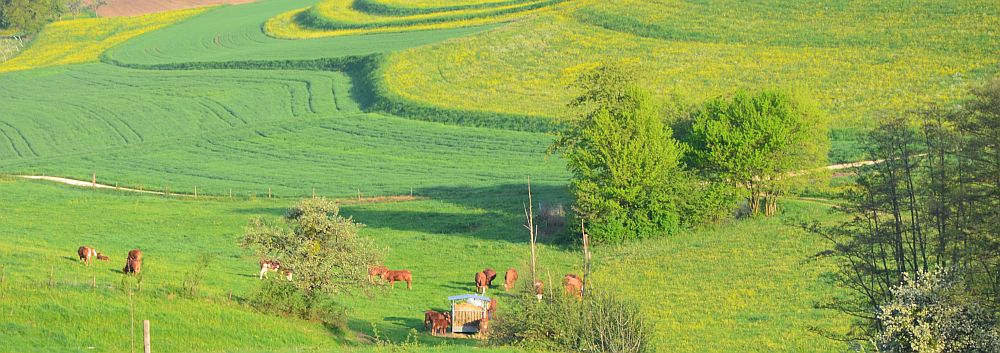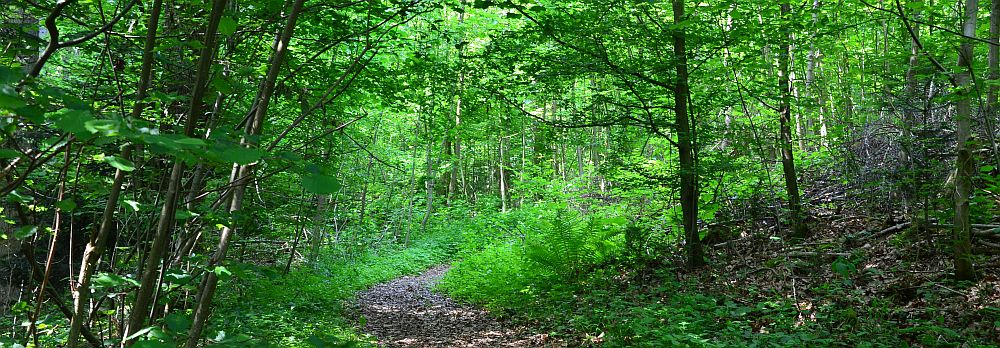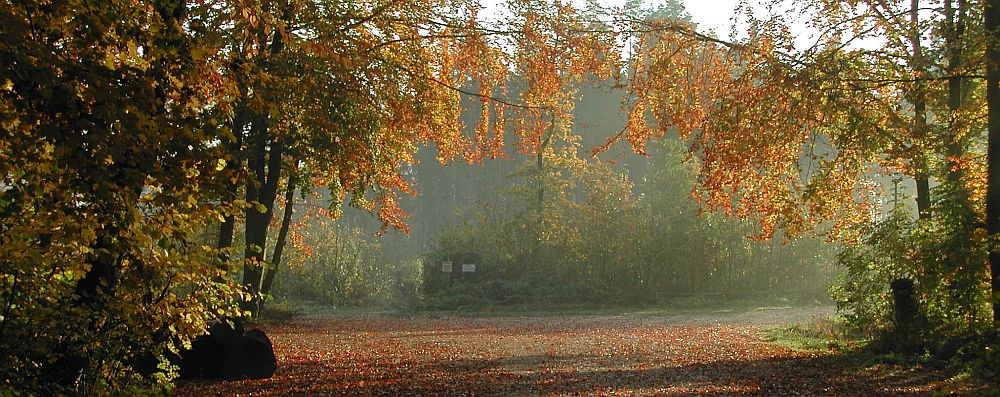We’ll be relocating ourselves from the southwest of the country to the northwest, covering a distance of some 500 kilometres. We’ll be moving both our residence and my studio. The whole procedure will happen in several stages and take its time. Currently we are in a preliminary phase, i. e. we are packing. The flat is crammed with boxes.
Yes, we do own some books. Has anybody out there ever been moving with books?
You can follow the progress of it all here. At one point it will come to relocate all those tons of metal type and printing gear, but for the time being the studio will stay put in the south. The first step will be to move our residence. We expect the pantechnicon to come and collect our belongings by the end of April.
Today’s blogpost will fill you in about where I’ve been living those past four decades. The region is called „Schurwald“. It is a mountainous part of the most southwesterly state of Germany. „Schurwald“ is located fairly central in Baden-Wuerttemberg, east of the state’s capital Stuttgart and just north of the famous „Swabian Mountains“ or „Swabian Alb“. Looking south from the peaks of the Schurwald mountains you’ll face the impressive skyline of this geological formation known for its abundance of fossilised dinosaurs. The „Schurwald“ is a wooded area with meadows and pastures interspersed. It is all hills and slopes and valleys.
I have moved here with my parents when I still was in primary school in the late 1960s. I spent my younger years in a small town down in the valley of a stream called „Fils“ whose waters eventually end up in the river „Rhine“ draining into the North Sea and Atlantic. This is a fact to be noted as not far from where I live you can find what is called the European Watershed and the more southerly and easterly streams and rivers will drain into the Danube and the Black Sea instead of the Atlantic Ocean. The Fils valley is densely packed with businesses many of them related to the automotive industries with the headquarters of Mercedes and Porsche in the vicinity. However, in the even smaller valleys of the Fils tributaries there can still be found charburners working in tiny hamlets.
When I got married I moved uphill to the village Wäschenbeuren, which is at an elevation of 442 m. Up here you do get a fair share of snow in winter. It can be pretty frosty, temperatures may plummet below minus 20 Centigrade. We’ve had seasons with such conditions lasting for days and even weeks. In February 2012 we had a period when a rush of bitterly cold arctic air froze everything rock solid for as long as two weeks. There have been considerably longer periods of cold in the not so distant past of the 1990s.
Spring is a beauty around here with all the fruit trees blossoming covering the slopes in a veil of white and a tint of pink. The soils are fairly rich and we do have lovely hedge rows with blackthorn and lilac and a great variety of shrubs and trees. There is a lot of meadows and in recent years more of them are being used as grazing land, while still many are mown. On the fields cereals are grown and of course corn and rapeseed, the latter colouring large stretches a bright yellow when in bloom.
„Schurwald“ is Red Kite country. We have a good number of those impressive birds of prey living here circling the summer skies.
Basically the forests are classical beech groves with bear’s garlic and lily of the valley in spring, turning shadowy during summer with the canopy keeping the bright sunlight out. The valleys of the small streams can be very quiet and peaceful. There was a severe winter storm on Boxing Day in 1999 called „Lothar“ causing an incredible amount of rolled lumber in a vast area stretching from France right through to the eastern border of Germany. This storm hit „Schurwald“ very badly. It took the lumbermen years to deal with the damage.
With all the hedge rows and woodland autumn is almost even more beautiful than spring. The scenery will change from the dull late summer’s green into all shades of vibrant yellow to deep burgundy. With the weather being favourable this can last for weeks and is a real treat.
As I write this a spring storm lashes the streets. Gushes of rain drench any person who felt brave enough to dare to go outside, their dogs having this disgusted look on their faces for their owners having chosen to walk them in such a particularly bad weather. It is one of those cold and wet and bleak and rather unpleasant days of spring that will make your front door rattle with disagreement.







